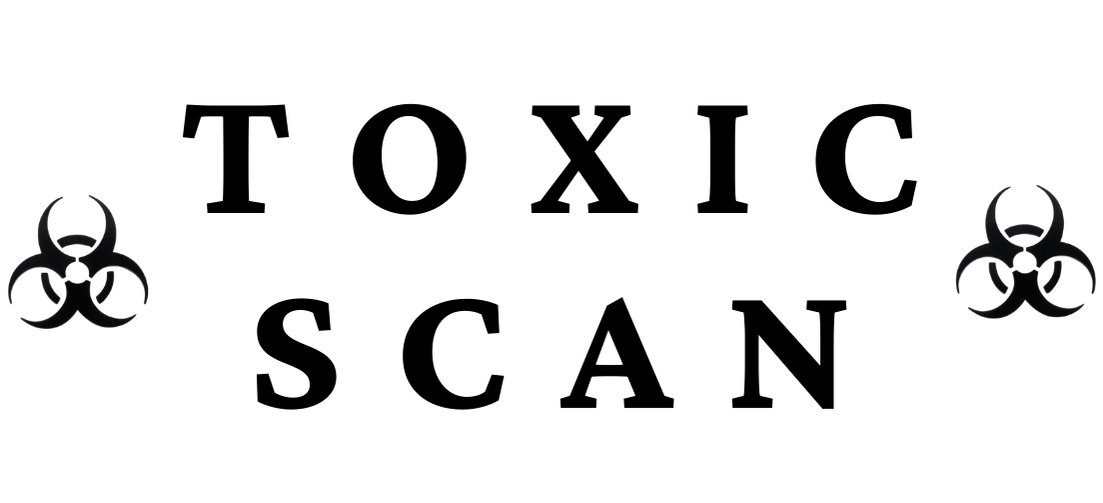E250: Sodium Nitrite
E250: Sodium Nitrite
What is E250 (Sodium Nitrite)?
Sodium Nitrite (E250) is a preservative and color fixative primarily used in processed meat products. This inorganic salt serves multiple functions, most importantly preventing the growth of harmful bacteria (particularly Clostridium botulinum, which causes botulism) and giving cured meats their characteristic pink color and flavor.
Source and Production
Sodium nitrite is an industrially produced compound:
- Chemical synthesis: Manufactured through chemical processes, not naturally derived 2. Production method: Typically produced by the reaction of sodium hydroxide with nitrogen oxides 3. Industrial processing: Refined and purified to meet food-grade standards 4. Quality control: Standardized to ensure consistent concentration for safe application
While traces of nitrites can be found naturally in some vegetables and water sources, the food additive form is synthetically produced.
Common Uses in Food
E250 is used almost exclusively in meat products, including:
- Bacon and ham
- Salami, pepperoni, and other cured sausages
- Hot dogs and frankfurters
- Corned beef
- Pastrami
- Canned meat products
- Some fish products (smoked and cured)
- Traditional meat products requiring extended shelf life
Functional Roles in Food
Sodium nitrite serves several critical functions in food:
- Antimicrobial action: Inhibits the growth of harmful bacteria, particularly Clostridium botulinum
- Color fixative: Reacts with myoglobin in meat to maintain the pink/red color
- Flavor development: Contributes to the characteristic flavor of cured meats
- Antioxidant properties: Delays rancidity and preserves flavor
- Texture enhancement: Contributes to the texture profile of processed meats
Health and Safety
Safety Assessment
Sodium nitrite has been evaluated by multiple food safety authorities:
- The European Food Safety Authority (EFSA)
- The U.S. Food and Drug Administration (FDA)
- The Joint FAO/WHO Expert Committee on Food Additives (JECFA)
The Acceptable Daily Intake (ADI) for sodium nitrite has been established at 0-0.07 mg/kg body weight by JECFA.
Safety Concerns
Several health concerns are associated with sodium nitrite:
- Nitrosamine formation: When exposed to high heat (particularly frying) or acidic conditions in the stomach, nitrites can form nitrosamines, which are potential carcinogens
- Methemoglobinemia: At very high doses, can interfere with oxygen transport in the blood (particularly dangerous for infants)
- Blood pressure effects: May affect blood vessel dilation and blood pressure in some individuals
- Cancer risk: Some epidemiological studies suggest an association between high consumption of processed meats (containing nitrites) and increased colorectal cancer risk
Risk Mitigation
Food manufacturers often implement measures to reduce potential risks:
- Addition of antioxidants: Vitamin C (ascorbic acid) or E (tocopherols) are often added to inhibit nitrosamine formation
- Reduced usage levels: Modern processing uses the minimum necessary amounts
- Alternative preservation methods: Sometimes combined with other preservation techniques to reduce nitrite requirements
Regulatory Status
The regulatory status of E250 varies globally:
- European Union: Approved as E250 with specific maximum levels depending on the meat product
- United States: FDA approved with limits on usage levels
- Australia/New Zealand: Approved as food additive 250 with usage restrictions
- Canada: Permitted with specific limits for different meat categories
Most countries strictly regulate the maximum permitted levels of sodium nitrite in different food categories.
Natural vs. Synthetic Alternatives
The food industry has responded to consumer concerns with several approaches:
- Celery powder/juice: Contains naturally occurring nitrates that convert to nitrites; allows "no added nitrites" labeling in some jurisdictions despite similar chemical action
- Sea salt formulations: Some contain trace nitrates/nitrites
- Cherry powder: Rich in antioxidants that help prevent nitrosamine formation
- High-pressure processing: Alternative preservation technology that may reduce nitrite needs
- "Uncured" products: Often use vegetable-based nitrate/nitrite sources instead of direct addition
Label Information
Consumers should be aware that sodium nitrite may appear on labels as:
- E250
- Sodium nitrite
- Nitrite salt or curing salt
- Part of "curing agents" or "preservatives"
Products labeled "no nitrites added" or "uncured" may still contain nitrites from vegetable sources.
Conclusion
E250 (Sodium Nitrite) serves an important food safety function by preventing botulism, a potentially fatal form of food poisoning. However, its potential to form nitrosamines when combined with high heat cooking makes it a moderate concern for regular consumption at high levels. Current scientific consensus suggests enjoying cured meats in moderation as part of a balanced diet. Manufacturers continue to work on reducing usage levels and finding alternative preservation methods to address consumer health concerns.
